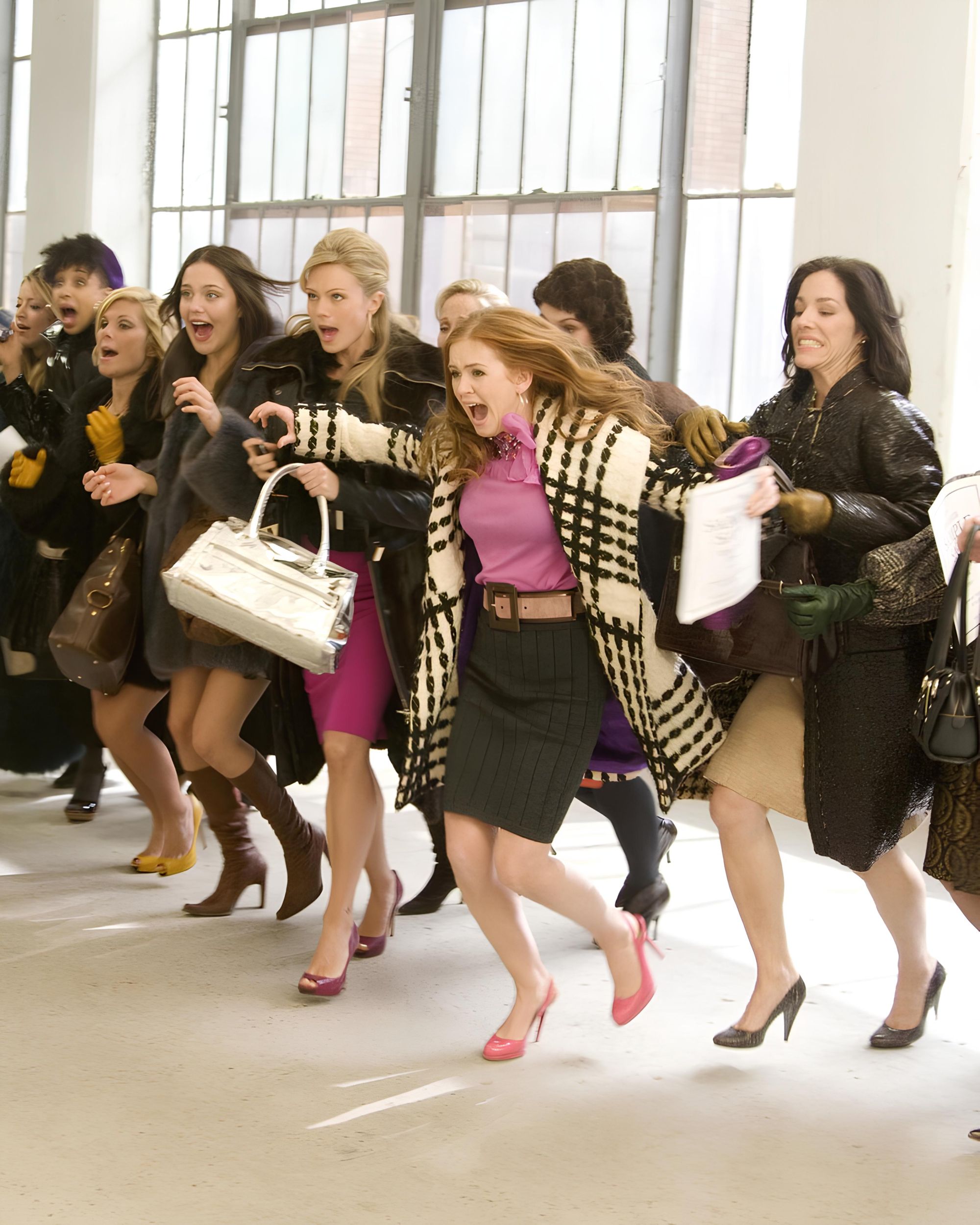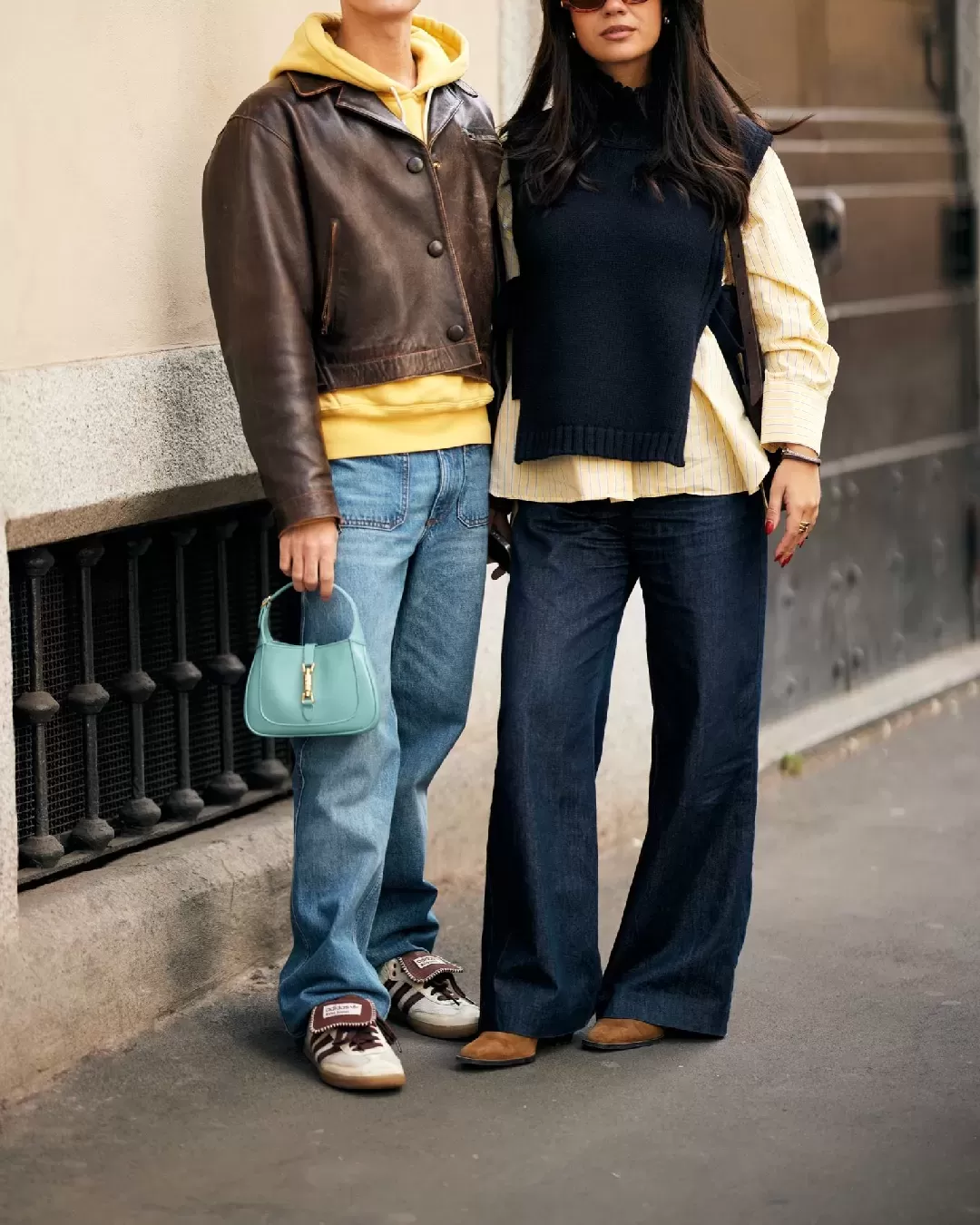
Sample sales are a symptom, not a problem Does discounted merchandise really ruin a brand's perception?
Last Sunday, in Berlin, the annual archive sale of 032c took place, attracting such a high number of people, all lined up outside the door covering the entire sidewalk, prompting the official Instagram page of the media agency to dedicate a post to its numerous community. Certainly an uncommon turnout, but one that many fashion insiders are already familiar with: sample sales are indeed one of the most curious and "folkloric" spectacles of fashion, where a large crowd of glitterati wearing the most prestigious luxury brands in the world jostling outside the gates of some warehouse as if it were a local market. It is on occasions like these that the dissonances and contradictions of brand pricing policies emerge: between employee discounts, discount codes offered by brands and retailers, addresses of industrial outlets transmitted like secret messages, and archive and warehouse clearances (for which there is a sort of black market for entry passes), it is truly rare for those working in fashion to actually pay certain amounts, reserved for the wealthy who do not have such access. Nevertheless, the frenzy surrounding it indicates that many brands possess mountains of unsold merchandise to discreetly dispose of at lower mark-ups, so much merchandise that an event is built around it. In short, either there is too much merchandise produced or the prices are excessive – in both cases, the sample sale demonstrates that the price tag does not correspond to the value of the individual item and can be discounted by up to 80% without causing a loss for the brand since these sales still generate profits.
At the beginning of the month, BoF reported how, by the end of 2023, LVMH and Kering found themselves sitting on a pile of unsold merchandise worth €3.2 billion and €1.5 billion respectively – numbers that, the newspaper specifies, also refer to unused materials as well as actual warehouse stocks and prototypes disposed of at clearance sales. These numbers have increased by some decimal points compared to 2022 and immediately make sense when reading, also on BoF, that according to an analysis by McKinsey, "off-price sales are expected to continue to grow, increasing five times faster than the full-price segment from 2025 to 2030." In short, the more brands throw themselves at their wealthiest customers by mass-producing luxury goods (the words "mass" and "luxury" shouldn't coexist in the same sentence), the more the number of items sold diminishes, consequently increasing the unsold inventory.
coming back home from a sample sale, with several piecessss worth tens of thousands of dollars that i bought for a fraction of a fraction of the price...
— Confessions of Confidence (@bysashahinds) October 4, 2023
THIS is why i work in fashion
This unsold inventory must be disposed of circumspectly: once it was burned with shrugged shoulders, but after the Burberry scandal of 2018, almost everyone stopped even though, as demonstrated last year by a video shot outside an American mall, Coach employees had to shred bags if they didn't sell them and throw them in the trash. According to BoF, which in turn cites Miss Tweed, Hermès' clearance sales produce one hundred million dollars a year and, referring instead to a Bain study, "today, 13% of all luxury goods by value are sold through off-price outlets." It's a somewhat entropic system, where the dispersion of resources and energies is calculated, anticipated, endorsed. However, no one had foreseen that the dispersion would be so extensive, and now neither circular programs nor clearance sales around the world help - indeed, the more sample sales increase, the clearer it becomes that the business of a certain brand or retailer is not doing well. Those who don't sell, discount - it's that simple. To this discussion is added the dual issue of seasonality - dual because, on the one hand, there are pieces too "seasonal" as they are linked to specific moments in the past, such as the collaboration between Dior and Denim Tears or with Birkenstock, too strongly connoted to be timeless; and, on the other hand, because there are pieces entirely devoid of seasonality that have the same relevance as older models.
Nothing destroys the myth of luxury fashion like wandering through private sales: imagine seeing boxes full of extremely expensive bags piled up like lettuces, entire shelves loaded with shoes worth thousands of euros that a month earlier were displayed in stunning shop windows, runway pieces or even magnificent but commercially failed products languishing at the bottom of the market funnel. And the same topic of discounts is treated as an embarrassing secret that one blushes to discuss publicly but freely whispers about in private - the world of samples or access to samples moves through WhatsApp messages, shared sign-up links, prayers, and exchanges of favors with PRs who guard the guest lists. Now, it's clear that the purchasing difference between full-price and off-price is radical: those who shop in boutiques can choose, ask for alternative sizes, other colors, and of course buy from the seasonal collection; those who buy at sales must line up, rummage through piles of possibly even ugly clothes, settle for the size they find, and often also discover that the prices are so high that not even a discount makes them more appealing. This was the case with the 80% off sale at Dover Street Market last year some of whose participants were reportedly disappointed – but the argument applies especially to "private" (read "secret") sales with which the largest imaginable brands dispose of the physical evidence of their overproduction practices: it's no coincidence that phones and recordings are taboo at these sales, as are their addresses. So the point is this: the sale itself represents the problem but the main symptom. The only question is how the major industrial groups plan to solve it.















































